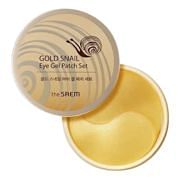Myth #1: Danger lurks at every corner
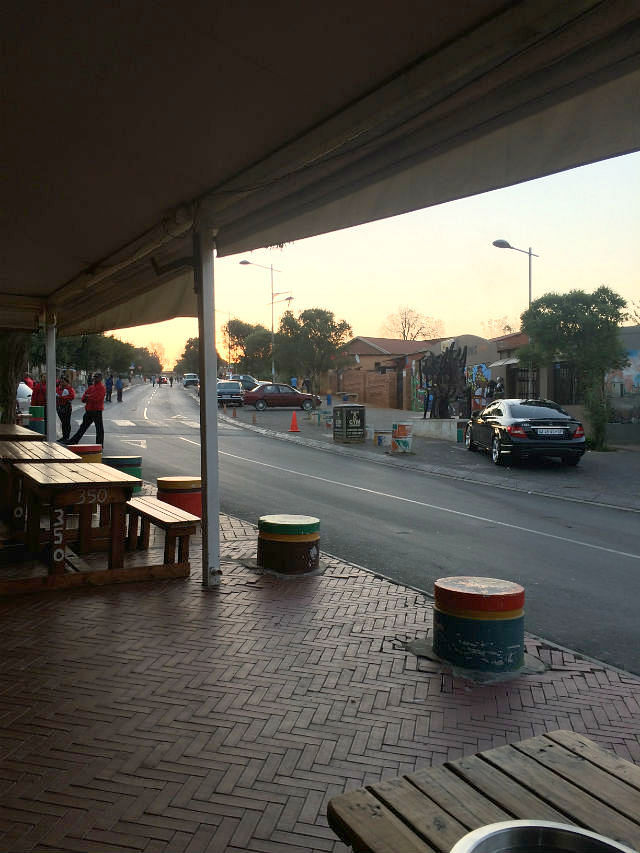
Johannesburg in particular, I feel, has gotten the brunt of most of the bad press. From the way people (and some of them who haven’t even been to the city) make it out to be, you’d think you’re in danger of being mugged, raped or murdered every other second of the day.
In reality however, most of these violent crimes are confined to the impoverished areas of the city, which can be easily avoided so long you know your bearings. Like any other big cities in the world, there are places where it’s safe to wander around by yourself, but also those which you should definitely avoid, or at least go with a local guide.
Areas like Sandton (the financial hub of Johannesburg), Rosebank (a commercial and affluent residential suburb) and Melrose (another affluent suburb, home to the Melrose Arch shopping precinct) are all tourist-friendly, and look just like any other hip, bustling zones with plenty of food and shopping options. My guide for Johannesburg told me that young locals are now flocking to Newtown, an up-and-coming suburb in the city centre. The area, which used to be plagued by crime and violence, has been the focus of a inner-city regeneration project in the past few years, and is now home to many cool art spaces, bars and restaurants. It’s probably still best to go with a local, however – there are dark, barely-lit stretches of roads and it wouldn’t do to get lost on one of these.
Ask any local on places to avoid, and the names Hillbrow, Yeoville, Berea (slum-like zones in the city centre) and Alexandra (one of the poorest townships in the country) will all pop up. Listen to them. If you’re feeling adventurous, there are guided tours for a couple of these areas (Hillbrow and Yeoville in particular – there have been some efforts to revitalise them), but under no circumstances should you wander into them by yourself.
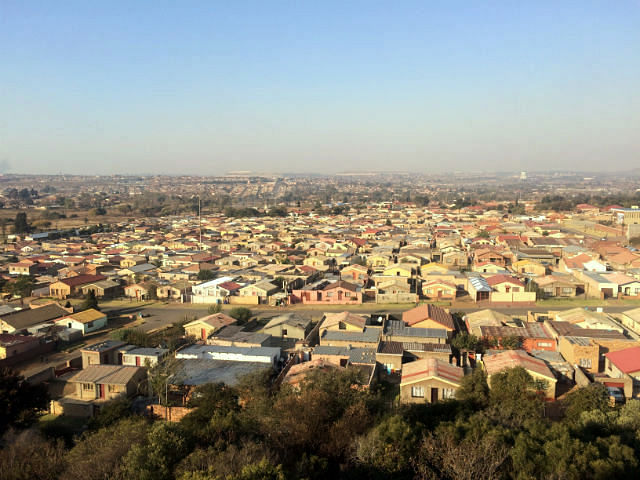
Even when it comes to more affluent townships like Soweto, it’s still best to go on a guided tour (as opposed to driving in yourself) as there could be certain streets that aren’t quite so tourist-friendly. Also, driving in by yourself feels like an invasion of the residents’ privacy. Remember, these are residential areas – how would you like it if groups of gawking tourists went driving into your Bedok neighbourhood taking pictures of you going about on your day?
In short, stay vigilant of your belongings, stick to crowded tourist spots, get a local guide for everything else, and you’ll be right as rain. Definitely don’t let all the naysayers put you off from experiencing Johannesburg, its rich history and culture, and its exceedingly friendly people.
Myth #2: It’s like a desert all year round
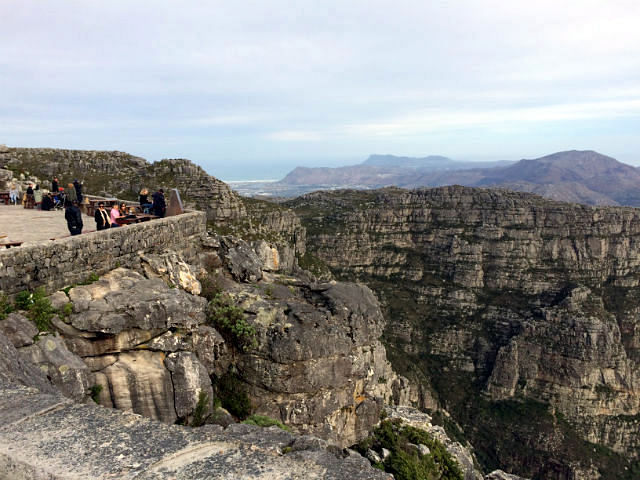
African nations like Nigeria, Ethiopia and Kenya are hot all year round because of their proximity to the equator, but South Africa enjoys four seasons in the same cycle as Australia – the winters in Cape Town and Johannesburg are a lot manageable too. Temperatures rarely fall below freezing, and snowfall is uncommon. And yes, you can go on safaris even in the winters, even if it means going earlier in the day before the early sunset. The animals don’t go on winter break, after all.
Myth #3: There’s nothing else to do besides going on safaris
In a span of five days (besides going on a safari – it is absolutely an essential experience)…
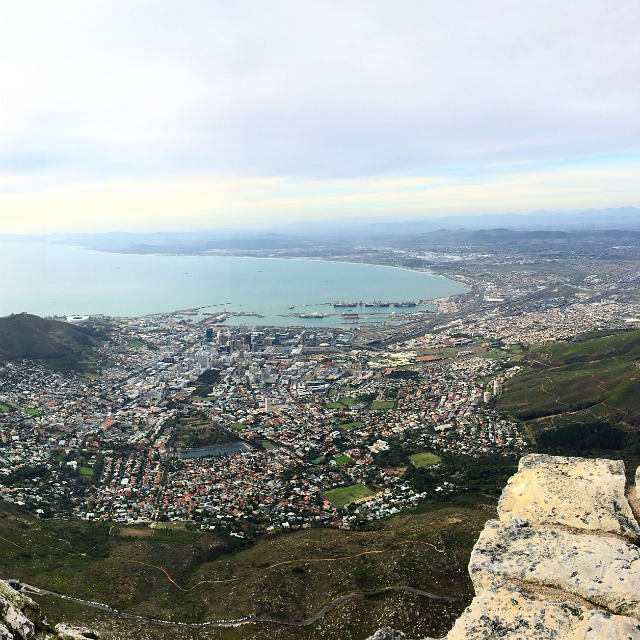
I enjoyed a bird’s eye view of Cape Town from the top of Table Mountain.
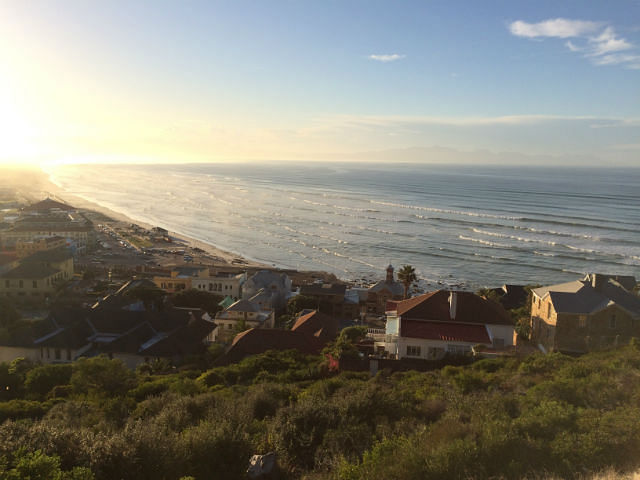
Had a glimpse of how magnificent the sunrises here could be while driving past the beachside town of Muizenberg in Cape Town early in the morning.
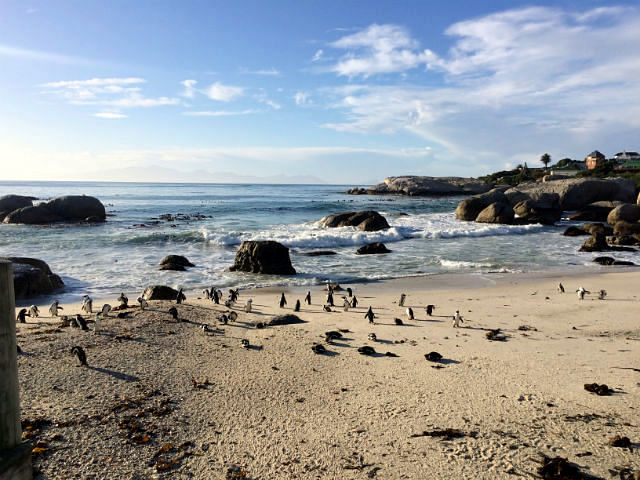
Watched penguins roam freely, completely unfazed by gawking tourists at Boulders Beach.
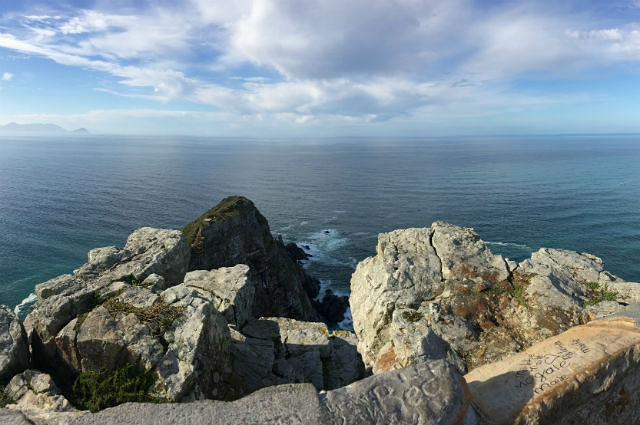
Marveled at the majestic beauty of nature at Cape Point, the second southernmost point in South Africa.
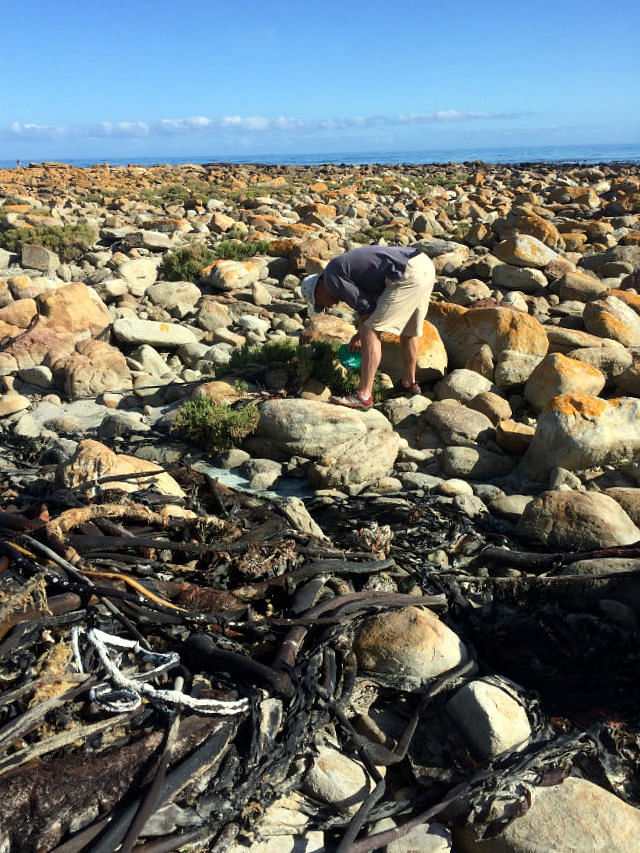
Went for a highly educational foraging experience with a local guide at Scarborough Beach in Cape Town. Yes, we picked our own fresh mussels.
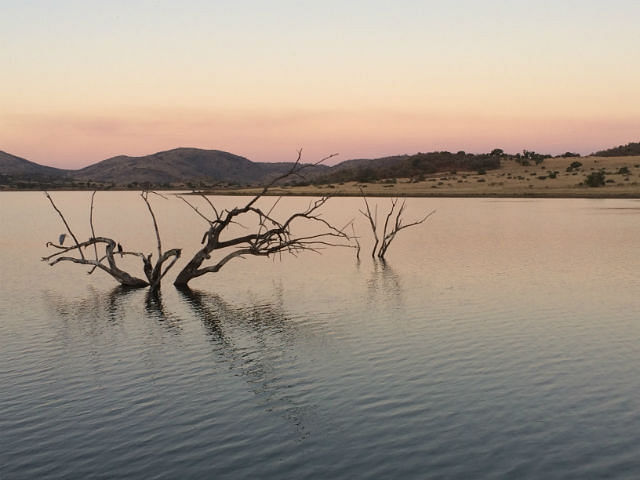
Experienced a stunning sunset at the Pilanesberg Nature Reserve in Sun City.
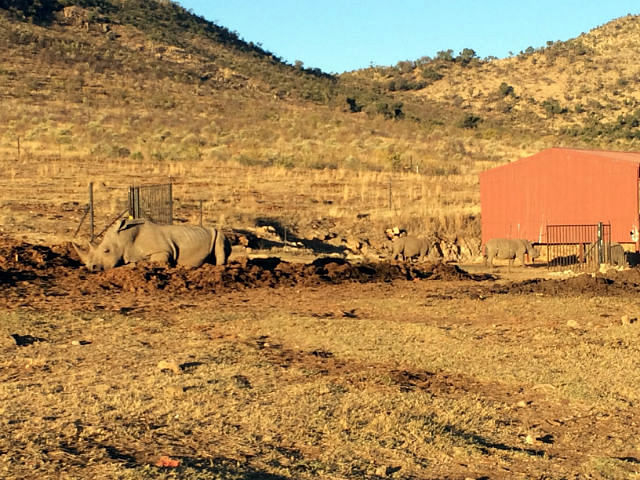
Stood within 50 metres of a family of white rhinos while on a rhino tracking tour at the Letsasing Game Reserve in Sun City.
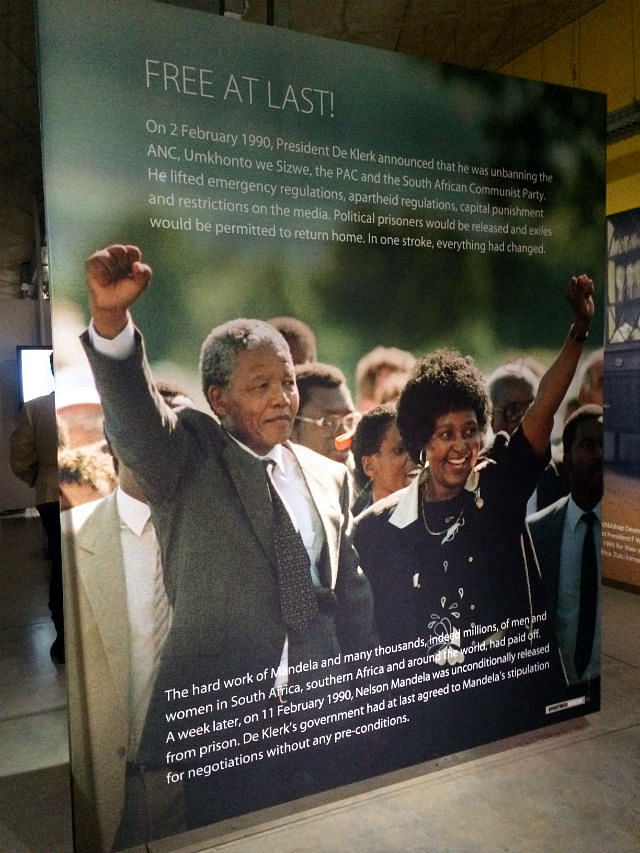
Spent a sobering but enriching afternoon at the Apartheid Museum in Johannesburg.
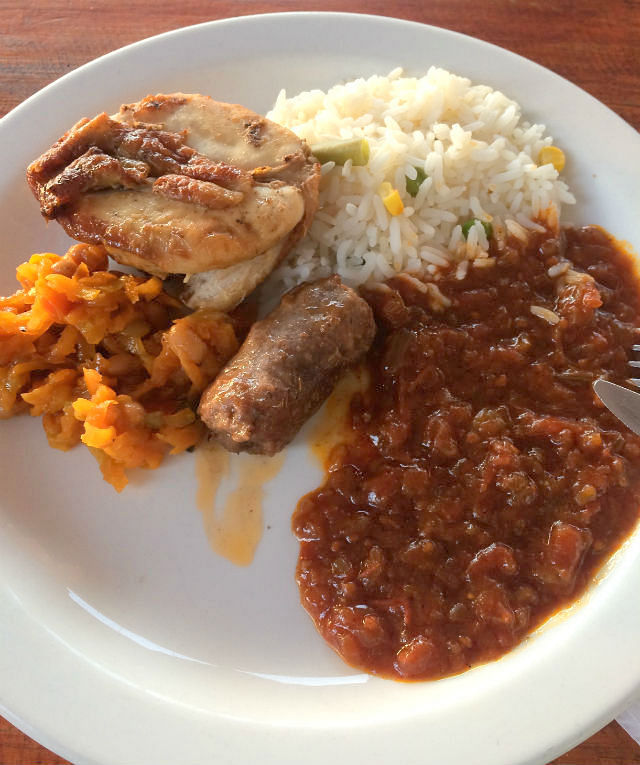
Had a glimpse into the way of life of the average South African in Soweto, one of the largest townships in Johannesburg, and tucked into a very delicious traditional meal of rice, minced meat sauce, beef sausages and roast chicken (dubbed African township cuisine).
Myth #4: They’re technologically-challenged
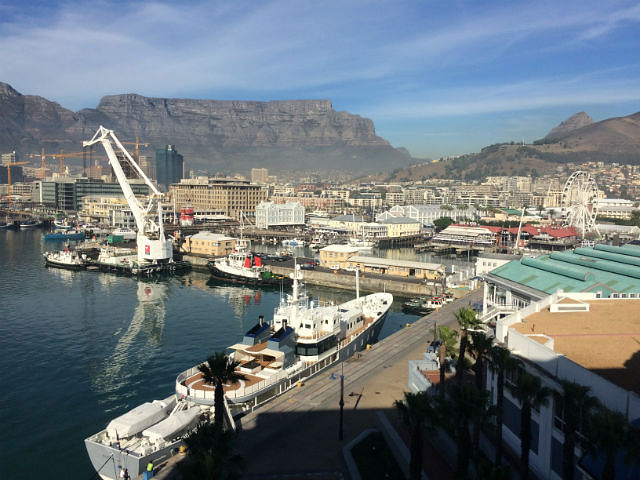
The Vodacom store right outside the arrival gates at the Cape Town International Airport begs to differ, as do the dozens of signs advertising cheap data plans at the O.R. Tambo International Airport in Johannesburg. When you’re big cities as busy as these two, there’s little chance of you not being able to get Wi-Fi at a local restaurant or at a good hotel, or of you having to roam around without 24/7 access to Instagram and Facebook.
Granted, a 3G data plan isn’t the cheapest (I paid about 330 rand, or about S$35 for a 5-day, 2GB SIM card), but coverage is excellent and constant, even when I was being driven through the rural farm areas in between Johannesburg and Sun City. Can’t even say I enjoyed the same standards when I was in Hunter Valley in Australia – my 3G coverage constantly dropped out there, and I had to restart my phone multiple times.
Myth #5: There’s a language barrier
Hollywood may have enjoyed portraying anyone who isn’t of Caucasian descent as not being able to speak English, but reality is a lot different.
South Africa has 11 official languages, but a good population of South Africans speak near-perfect English, even if it’s the fourth most spoken language in the country after Zulu, Xhosa and Afrikaans. In fact, most South Africans speak more than two languages, and many of the older generation speak up to 9 or 10.
My driver in Cape Town, who speaks all 11 himself, told me that his 13-year-old son spoke all the official languages, and is learning Mandarin at the same time. It’s enough to put anyone who’s ever complained about having to take Mother Tongue papers in school to shame.






